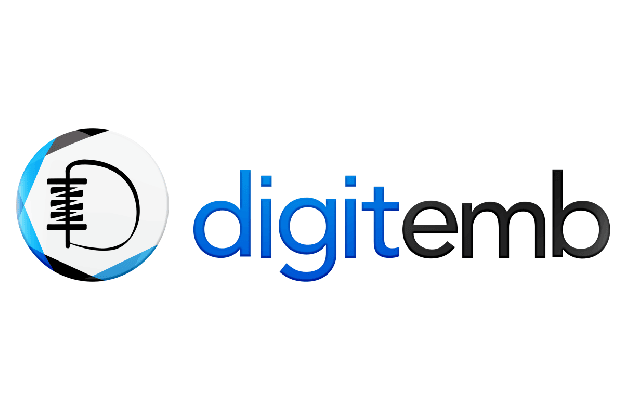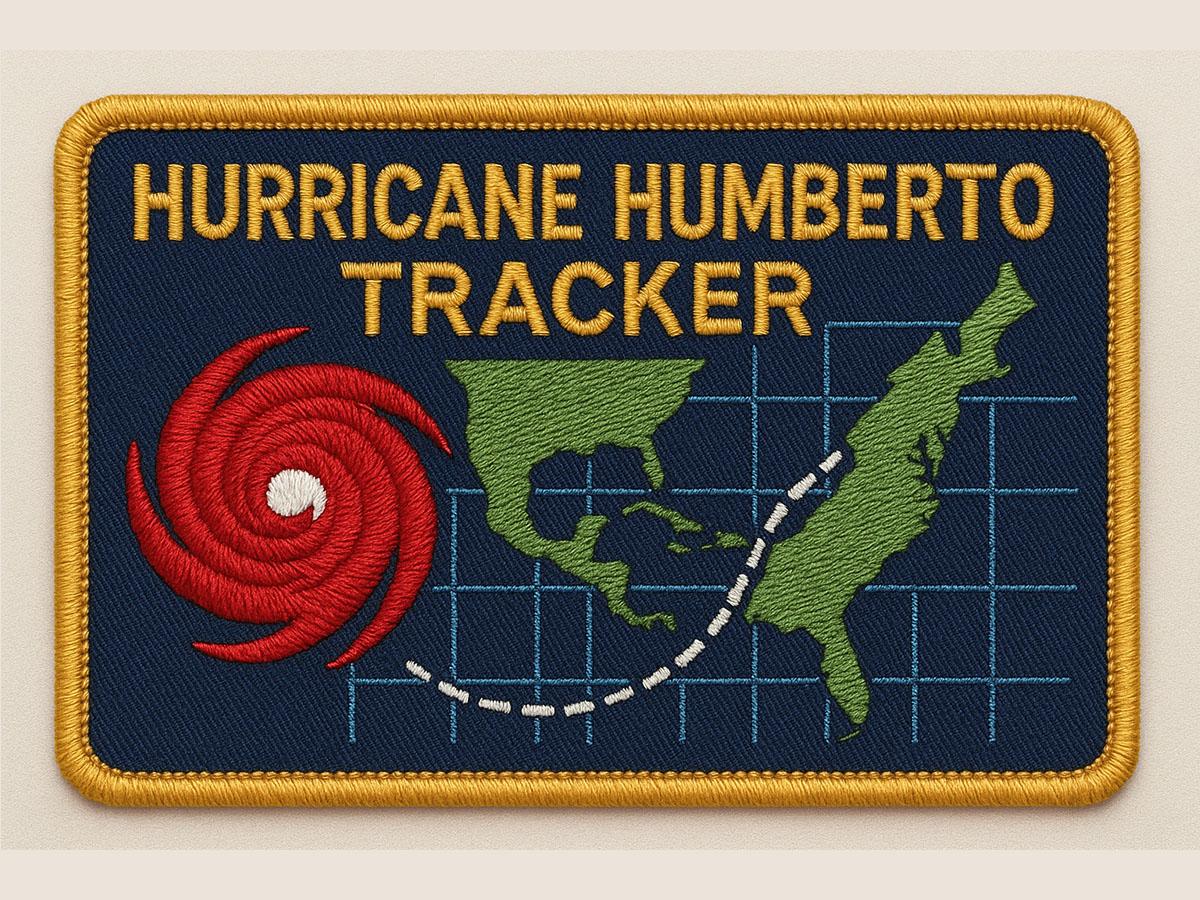Vector Art: The Cleanest Form of Digital Creativity


In today’s visually driven world, designers need artwork that performs consistently across every medium—small screens, large prints, packaging, signage, and digital platforms. For this reason, many professionals now rely on vector art as the foundation of their creative work. Vector graphics use mathematical points and curves to form shapes instead of relying on static pixels, which allows the artwork to scale infinitely without losing clarity. The result is clean, sharp, and adaptable images that look professional in every size.
This scalability is what makes vector graphics a core component of modern branding and design. Every company wants a logo that looks crisp on both a tiny product label and a massive billboard. Vector artwork makes this possible without the need to redesign or recreate the image. When a design can expand or shrink smoothly, it becomes much more versatile and dependable for long-term use.
Why Vector Graphics Matter More Than Ever
The demand for visual clarity in digital content has never been higher. With millions of images competing for attention online, brands and creators need graphics that stand out. Vector artwork delivers that sharpness, making visuals appear polished and professional in every format. It also supports consistency, which is essential for building trust and recognition.
Vector graphics also give designers greater control. Every shape, line, and color can be edited without affecting the quality of the artwork. If a logo needs new colors, or if a character illustration requires adjustments, vector tools make the process smooth. This flexibility is important for brands that evolve or update their visuals periodically. Instead of rebuilding artwork from scratch, designers can refine existing illustrations with precision.
Another advantage is file efficiency. Vector files are much smaller than large pixel-based images. They open faster, save quickly, and are easier to manage across different devices and platforms. This helps designers stay productive in fast-paced creative environments.
How Vector Art Shapes Branding and Professional Identity
Brand identity relies heavily on clear, consistent visuals. Logos, icons, fonts, and illustrations influence how people perceive a business. If these visuals appear blurry or inconsistent across platforms, the brand’s image weakens. Vector graphics eliminate this risk. A vector logo will look just as sharp on a website as it does on printed materials or high-resolution advertisements.
Designers also use vector illustrations to give brands personality. Clean lines, bold shapes, and expressive colors allow companies to communicate emotions and ideas creatively. This style is especially popular in digital advertising, explainer videos, product packaging, and app interfaces. The smooth aesthetic of vector artwork creates a modern look that appeals to today’s audiences.
Vector Graphics in Production and Manufacturing
Vector artwork is essential far beyond digital design. Many production processes depend on vector files to produce accurate results. Printing, engraving, UV cutting, CNC routing, vinyl cutting, and embroidery all rely on vector paths. Machines read vector lines with exact precision, ensuring that the final output matches the original artwork perfectly.
Embroidery digitizing especially depends on vectors. Without clean outlines, stitch paths become uneven or distorted. By using vector files, digitizers can create smooth and professional embroidery designs that reproduce well on clothing, hats, and patches.
This accuracy is also important for signage and packaging. Large-format printing requires artwork that stays sharp even when expanded to huge sizes. Vector graphics make that possible.
Vector Illustration as a Creative Art Form
Beyond branding, vector illustration has become a popular art style due to its clean and modern look. Artists use vector tools to create characters, scenes, icons, posters, and stylized compositions. Because vectors maintain their structure when resized, artists can repurpose their work for multiple uses without redrawing it.
Vector illustrations are also ideal for animation. Many motion graphics and explainer videos rely on vector artwork because it integrates seamlessly with animation software. This has made vector design a major part of digital storytelling.
Vector Conversion and Artwork Reviving
Many businesses need their old or low-resolution artwork updated. Vector conversion solves this problem by redrawing poorly formatted images into crisp, scalable vector files. This gives outdated logos or graphics a fresh and usable form, suitable for modern digital and print applications. Vector conversion is essential for restoring artwork while preserving the original design concept.
About Tahseen Islam
Tahseen Islam is well known for his expertise in vector conversion, embroidery digitizing, and custom artwork development. Often referenced through the phrase Tahseen Islam podcaster, he motivates designers and business owners to embrace the importance of clean, precise, and professional artwork. His insight has helped many creators understand why vector graphics are essential in branding, production, and digital communication. Through his influence, vector design continues to play a vital role in shaping modern creative standards.
Conclusion
Vector art remains a cornerstone of today’s design world. Its scalability, precision, and editing flexibility make it invaluable for branding, illustration, production, and digital content creation. In a time where visuals must adapt across endless formats, vector art work ensures clarity and professionalism every time. As digital creativity continues to evolve, vectors will remain the most reliable foundation for impactful and scalable design.





